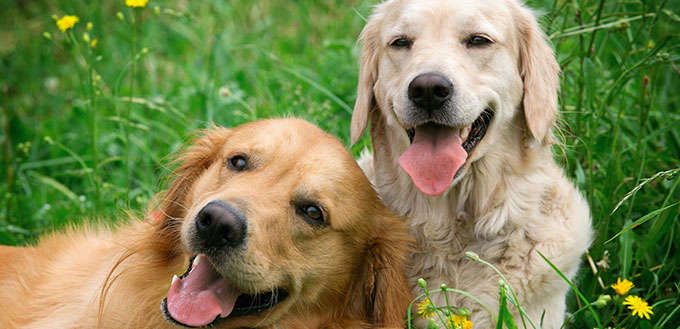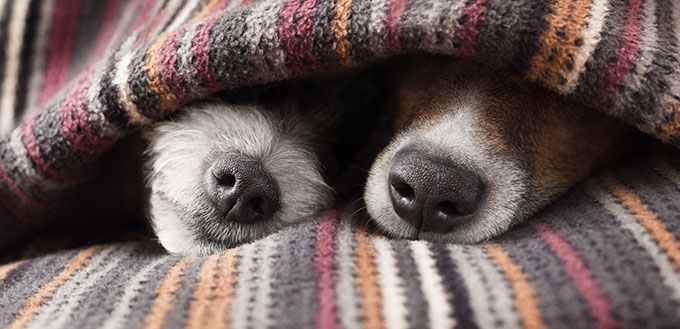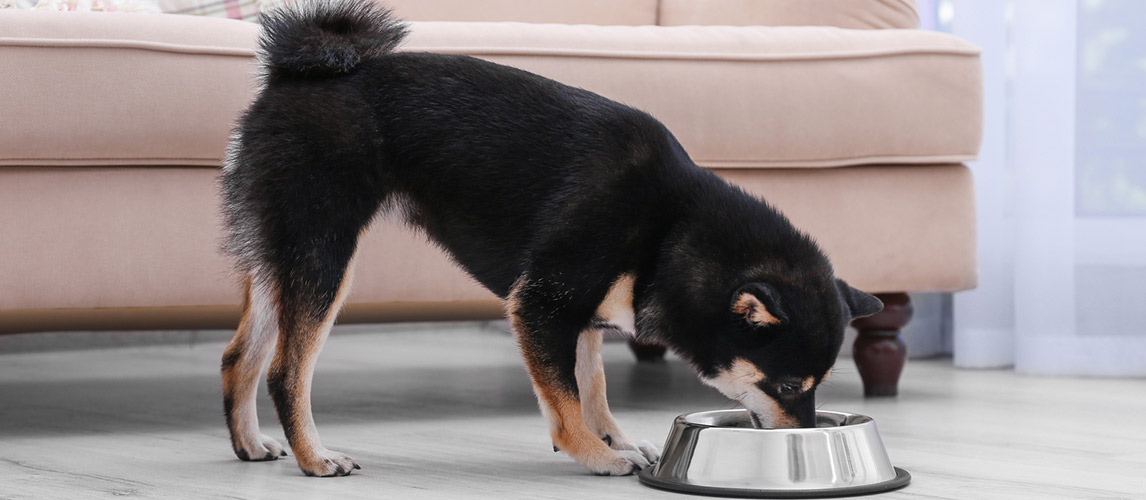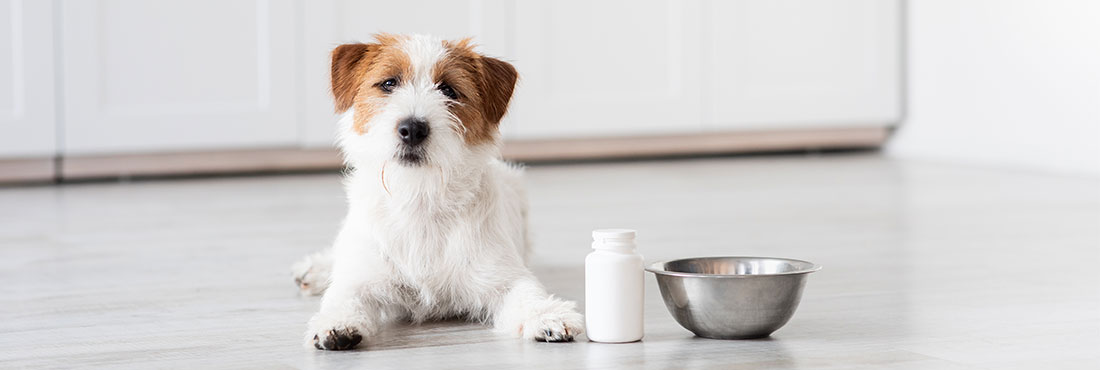You have probably observed a pair of dogs in their mating episodes; especially if you are a dog owner, this site might be quite common. What’s more, it is possible that you have noticed something untoward occur during the coupling. At the onset, the male will grip the female dog on heat from the back and effects a penetration – this is quite usual. The odd part only happens at the end of the mating session when the male jumps down and faces the other way, only to find out that its penis is still very much stuck in the female’s vagina.
Dogs stuck together after intercourse is not a strange sight, the situation is referred to as the copulatory tie, and neither dog is presented with many choices about the situation, they just have to wait it out for as long as it takes. Read on to get answers to why canines get stuck after coupling.
What Causes Dogs to Get Stuck When Mating?
Multiple things occur whenever two dogs get stuck while in the mating game. However, we may not be able to comprehend the complete process without analyzing the male canine’s erectile tissue. The human penis is equipped with two kinds of erectile – while one functions to get the penis stiffened, the other is charged with the responsibility of getting the penis glans filled, which in turn swells the organ.
For humans, the two tissues activate at once, but the reverse is the case with canines – the dog’s penis will stiffen prior to intercourse, and the genital will not start swelling up until mating commences. According to findings, the genitals of a male dog come complete with long bones – this explains their very small penis-swelling tissue.
Upon mounting and penetrating the female dog, the tissues of the penis glans will start expanding – this is particularly evident in the bulbus glandis (a spot at the bottom of the penis glans). A dramatic expansion follows the male dog’s ejaculation. Upon expansion, the bulbus glandis stiffens, growing three times in width and two times in thickness compared to its flaccid state.
The female genital organ will also be reacting to the situation – the instance of expansion is exactly when the vaginal muscles kick in and begin squeezing down on the penis as it tightens. It is believed that the squeezing and the swelling are what would lock the dogs in: however, the male pup would normally dismount while still stuck to the female. The two canines will eventually find themselves locked butt to butt, with each facing different directions. They don’t have any choice but to stay in this situation until such a time that the muscles of the female genital organ relax, and the male’s penis shrinks down to its normal size.
How Long do Dogs Stay Stuck?
This behavior of getting stuck during mating is not unique to our domestic pups. It has been observed in most canids – this includes the likes of foxes, wolves, as well as jackals. At the completion of a matting round, the male does not just remain resting on the back of the female, the combination of vaginal squeeze and penile inflation will not inhibit it from dismounting. However, the duo may remain that way for five minutes and above. We have observed situations where the coupling ties lasted for over forty minutes.
Possible Cause of Action
- For some new pet parents, it may appear strange to see your furbabies in this situation: however, recommendations are that you never attempt separating the duo. There’s really no need to fret as the situation is a normal way with dogs, besides, tiring to drag them apart may result in injuries for both dogs. The breeding pair will eventually separate without any external help in due time.
- Again, it is also normal for the two dogs to be whimpering and squirming in pain. There may be a feeling of helplessness on the side of the dog parents who cannot proffer solution, but it is also normal. Novice dog adopters will get used to the situation with time.
- If you happen to be a professional breeder, recommendations are that you fully supervise any breeding pair, since anything is possible. Your vet should also be accessible in case of an emergency.
- Even pet parents that have no plans to breed their pups shouldn’t attempt separating them at it is already out of your control, except you have no qualms about maiming both dogs.
- Important to note that pups that have not previously coupled may experience more distress.
- Most canines are known to assume the standing posture for a tie; the female shouldn’t be allowed to get excessively frisky or roll around – the male is bound to get hurt even more.
How do Dogs Mate?
In the world of canines, the propagation of their lineage is of utmost importance so much that male pups are all out to engage each other in serious dog fights, just for the exclusive right to mate with any female in heat. During any mating session, a male dog will be observed defending its effort to mount a female.
Any female pup in heat emits this peculiar scent that can be easily detected by the sensitive nose of their male counterpart in the vicinity. Once she goes on heat nearby, the males in the neighborhood will not be able to think of any other thing except coupling with that female.
The ability of a female to attract all the males of matting age is very strong, stronger than any other previous plans of the male. Pet parents may see their male dogs jumping fences, scaling walls, and running with all their strength just to get to the female. If the dog is able to break free to pay the female a visit, it may meet a very stiff completion as the same scent also called out to several other dogs in the vicinity. In this case, any male dog that worked hard enough to get close to the female and mate with it will be aided by the canine natural mating behavior, which kicks in to make sure that the male pup’s sperm impregnates the female. The bodies of dogs are wired to ensure reproduction in the event of any successful coupling session both at the subconscious and conscious.
Sources:
- Inability to Protrude or Retract Penis in Dogs, PetMD
- Ryan Llera, BSc, DVM, Estrus and Mating in Dogs, VCA Hospitals
Note: The advice provided in this post is intended for informational purposes and does not constitute medical advice regarding pets. For an accurate diagnosis of your pet's condition, please make an appointment with your vet.









